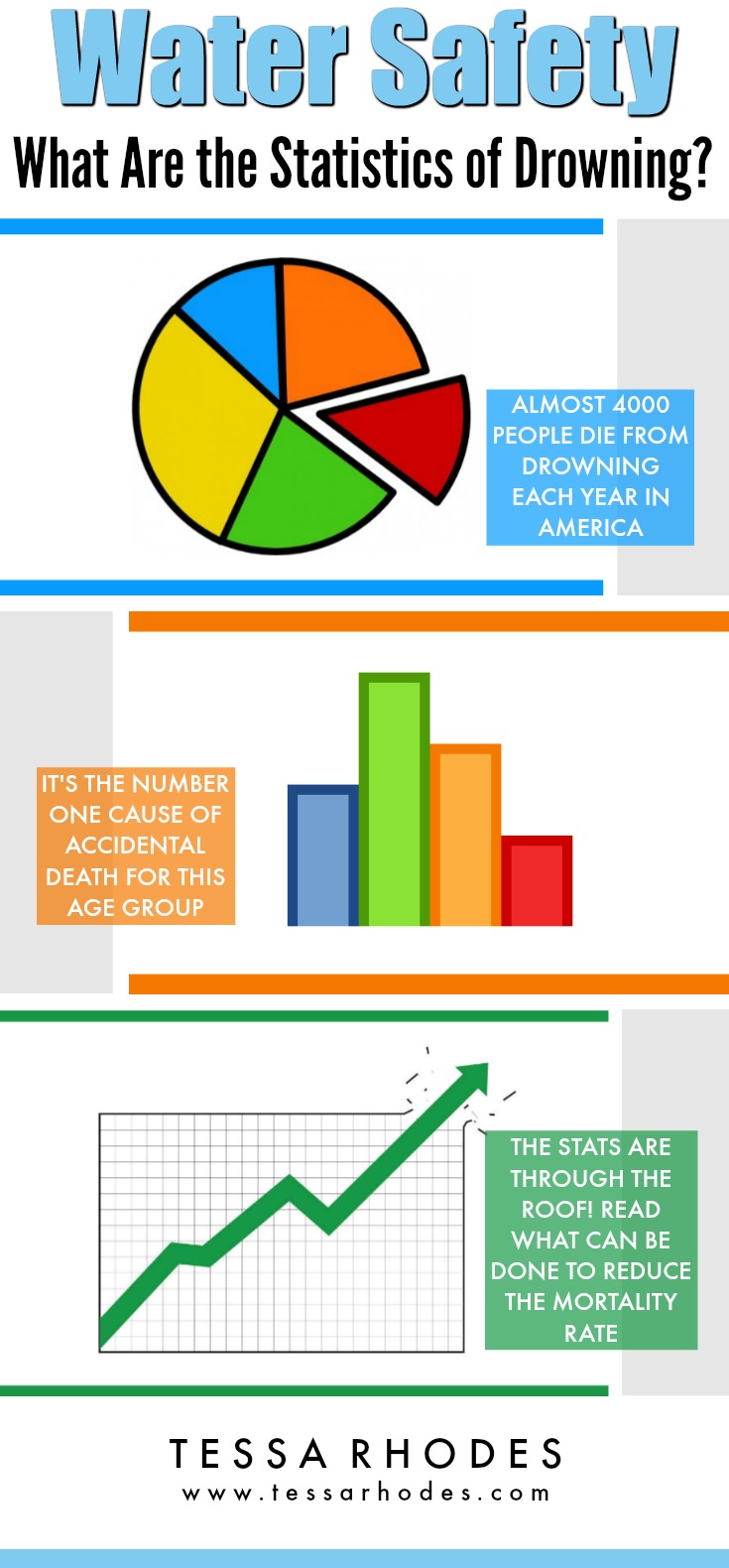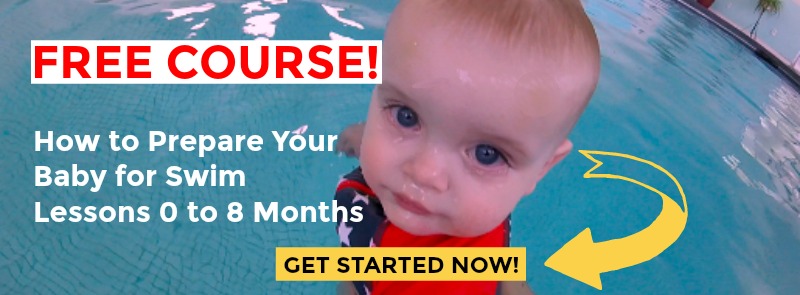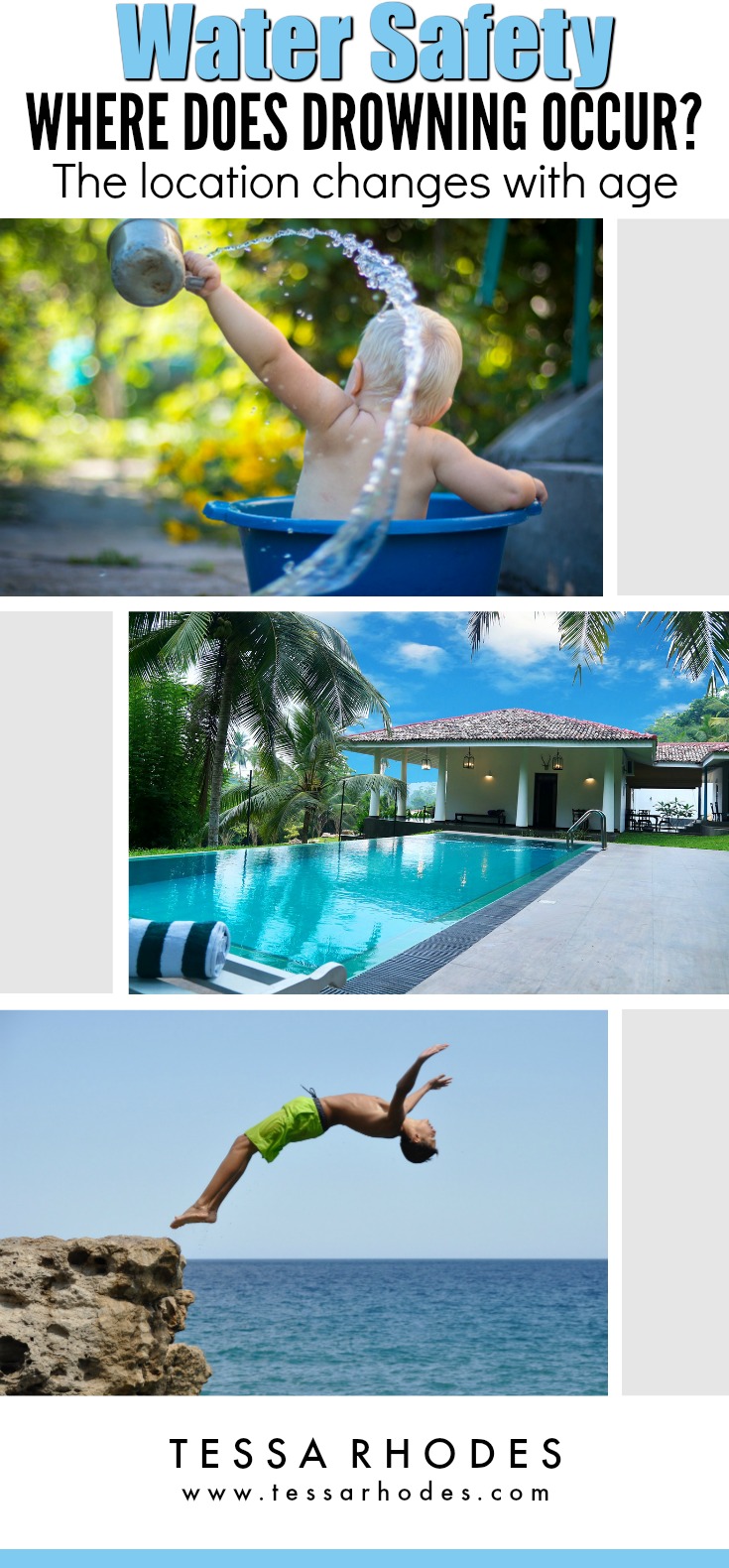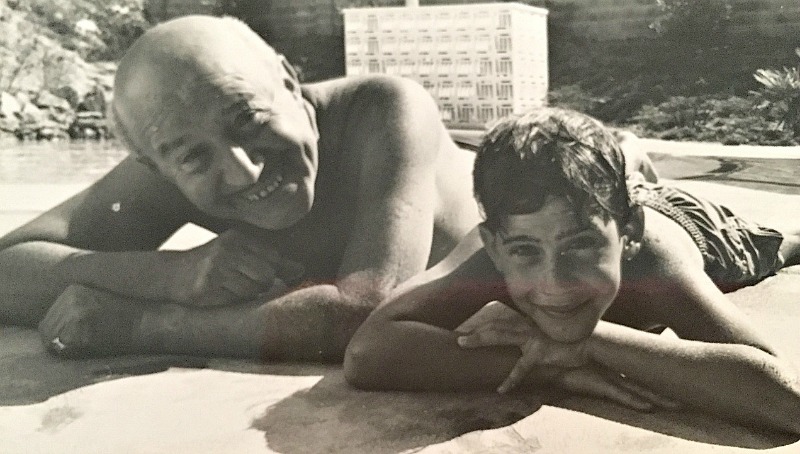Two weeks after I got my driver’s license when I was sixteen years old, I got into a car accident. My fault. It was a minor accident, but devastating to me at the time. Teenage risk taking statistics
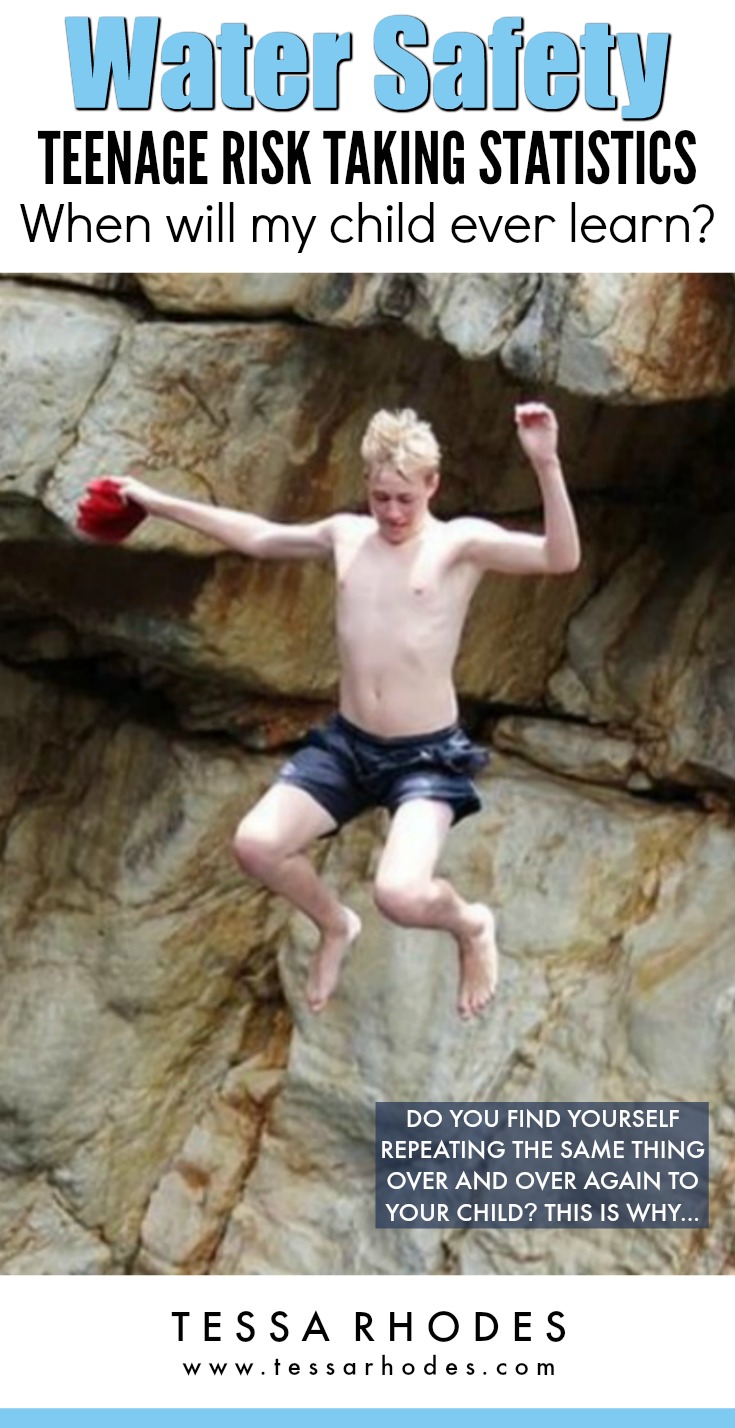
So here’s what happened. I had pulled into an intersection where the “left turn yield on green” rule applied. In other words, no “left turn signal” at said intersection.
I’m waiting until I think it’s safe to go. Meanwhile, a big white van is blocking my view from being able to see any oncoming traffic as he is also trying to accomplish a left turn going in the opposite direction.
So what do I do? I just go. Then BAM! SMASH! I never felt panic like that in my life. I didn’t know what to do, being so young and innocent yet 100% at fault.
Why am I telling you this? Because…
drowning is the second leading cause of unintentional injury-related death for children ages 1 to 14 years.
And older children within this age group most often drown in natural water settings.
The reason for this is because older children like to take risks, even when their parents have warned them of the dangers.
Adolescents think they’re invincible. I remember thinking to myself when I chose just to make the left turn that I’ll make it through unscathed. Was I wrong or what?
I can think of many other risks that I took as an adolescent simply because of believing that nothing bad ever happens to me.
I was lucky. It could’ve been much worse. teenage risk taking statistics
A mother of one of my students (almost 18 months old), asked me the other day, and I’m paraphrasing here, “at what age will my child stop running toward the pool on his own.”
And when her son in the past has made a beeline for the water, he was probably thinking to himself “I can do this, I’ll be fine, it’s all good. Nothing bad will happen.”
The answer to that question is about 26 years old. Kidding, but also not kidding.
Thank you, Amy, for your question. I was just as intrigued as you were to find out the answer.
So here’s the answer to your question in more depth. teenage risk taking statistics
Parents are always warning their children of the dangers that surround them on a daily basis.
Everything from looking both ways before crossing the street to smoking is bad for you.
Do children listen to these warnings? Not so much. It seems as parents we have to remind our children of the dangers of risky behavior always.
Pnas.org says that the reason for this is because humans show a natural tendency to discount bad news while incorporating good news into beliefs (the “good news–bad news effect”), an effect that may help explain seemingly irrational risk taking.
Npr.org explains that positive information is processed in many parts of the brain, while negative information tends to be centered in the prefrontal cortex, says Tali Sharot, a psychologist who studies the neuroscience behind decision-making at University College London. That’s the part of the brain that matures last, into the 20s in many cases. It’s the area in charge of judgment and problem-solving.
“We learn better from good news than from bad news,” Sharot says.teenage risk taking statistics
So children are more likely to adjust their behavior if the information is presented to them in a more positive light. For, e.g., “You’ll have a better chance of being accepted to your dream college if you get your homework done on time.”
When we’re talking about preventing drowning, just remember those very young children will need to be constantly reminded to stay away from water hazards, wear life jackets, stay close to adults, never swim alone, and the list goes on because they WILL forget.
And keep telling them until they’re confident swimmers or well into their 20s whichever comes first.
If you have any thoughts on the subject or experiences that you would like to share, I would love to hear from you.
Love the water,
Tessa
P.S. Get the FREE water safety app to help ensure your family stays safe in, on and around the water. It includes kid-friendly videos and quizzes. Search the iTunes app store for Swim by American Red Cross or click here. For Google Play you can use the same search parameters or click here. It provides the latest in water safety guidance to help ensure your family stays safe in, on and around the water.
P.P.S. To start your child on the path to becoming water safe, click here.


